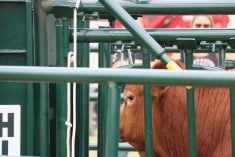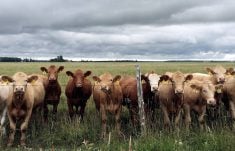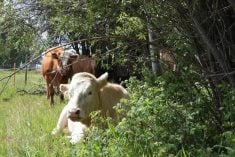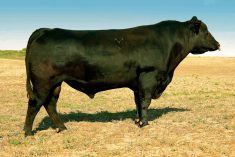Time it right
A vaccine needs to match the immune response of the cattle to the vaccine and the period of greatest risk.
“So for BVD, the risk period is the first three months of gestation, while IBR, lepto, and vibrio, they tend to be a little bit later in gestation — around four months,” said Dr. Nathan Erickson of the Western College of Veterinary Medicine. “If we’re vaccinating pre-breeding (early May for mid-June bull turnout) we’re going to have the maximum immunity in this cow during the highest risk period for BVD and also very high immunity still during the risk period for IBR, lepto.”
Read Also
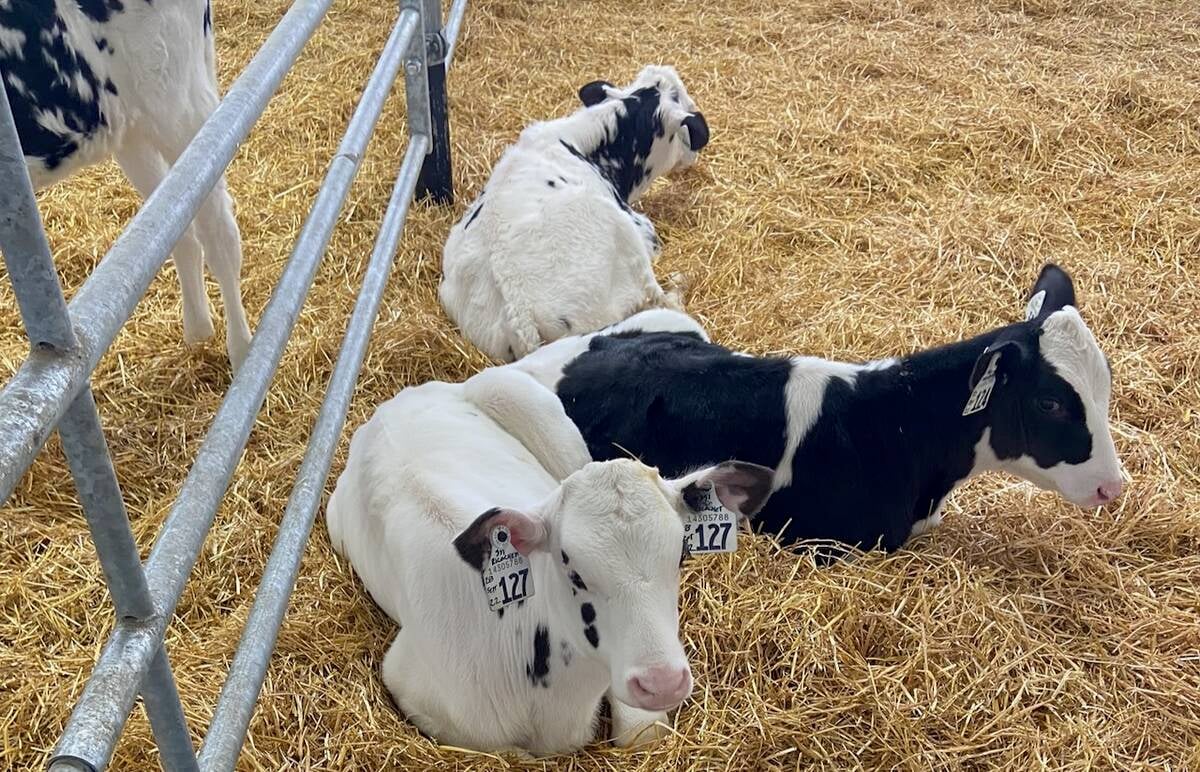
Best tactics for dairy calf diarrhea
Scours in young livestock costs Canadian farmers big bucks. Fluids, managed antibiotics and anti-inflammatories help animals recover faster.
Store it right
Many producers store vaccines in refrigerators until they are used.
“Fridges have inconsistent control of temperature within them, and for that reason, we should be storing our vaccines in the middle shelves of the fridge,” said Erickson. “That is because the temperature is most consistent in this area.”
Vaccines do not do well with temperature changes, especially modified live vaccines.
Only mix what will be used within one hour. And don’t expose it to direct heat, put it directly on ice packs, or leave the bottle in the sunshine for a long period.
Inject it right
Check the label or ask your vet about the proper route for a given vaccine — either subcutaneous or intramuscular. Inject subcutaneous vaccines in the “triangle” area (from the ear to the shoulder and above the jugular vein) for best efficacy. Also ensure the area is relatively clean and the animal is properly restrained.
Syringe maintenance is another overlooked area — don’t clean them with soap or disinfectant, said Erickson.
“Although this seems strange, we just want to wash them with lukewarm water (and) flush them out really well. The reason we don’t want to be using soaps is because we are using modified live viruses. So if we have residue of the disinfectants or soaps in the syringe, there is a potential to kill off a portion of that virus and we won’t get an appropriate vaccine response.”
After flushing with water, let the syringe air dry before reassembling (a small amount of vegetable oil can be used on the rubber ring to lubricate it) and change the needle every 10 animals.
“We need to give vaccines the best chance. We need to select the proper vaccine, proper handling, most appropriate timing, and using proper administration,” said Erickson.



